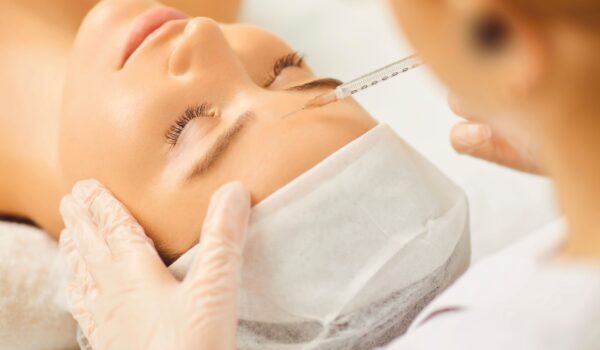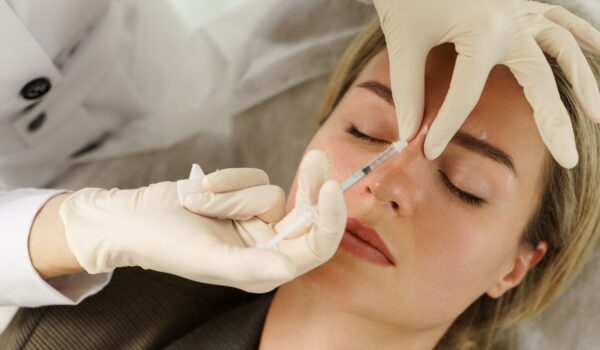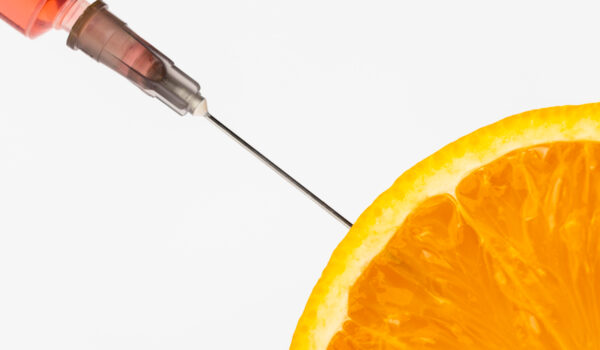6 Ways to Erase Sun Damage
-
May 16, 2023
As the days get longer and the weather warmer, more people will take advantage of the sun. However, people aren’t always aware of the damage this can cause to the skin.
The number of people suffering from sun-damaged skin will increase in the lead-up to and during the summer months, so more people will want to treat the damage.
But what is it, and what can a medical or aesthetics professional do to help their clients with this issue?
Look as we explore sun damage and how to repair sun-damaged skin.
What Is Sun Damage?
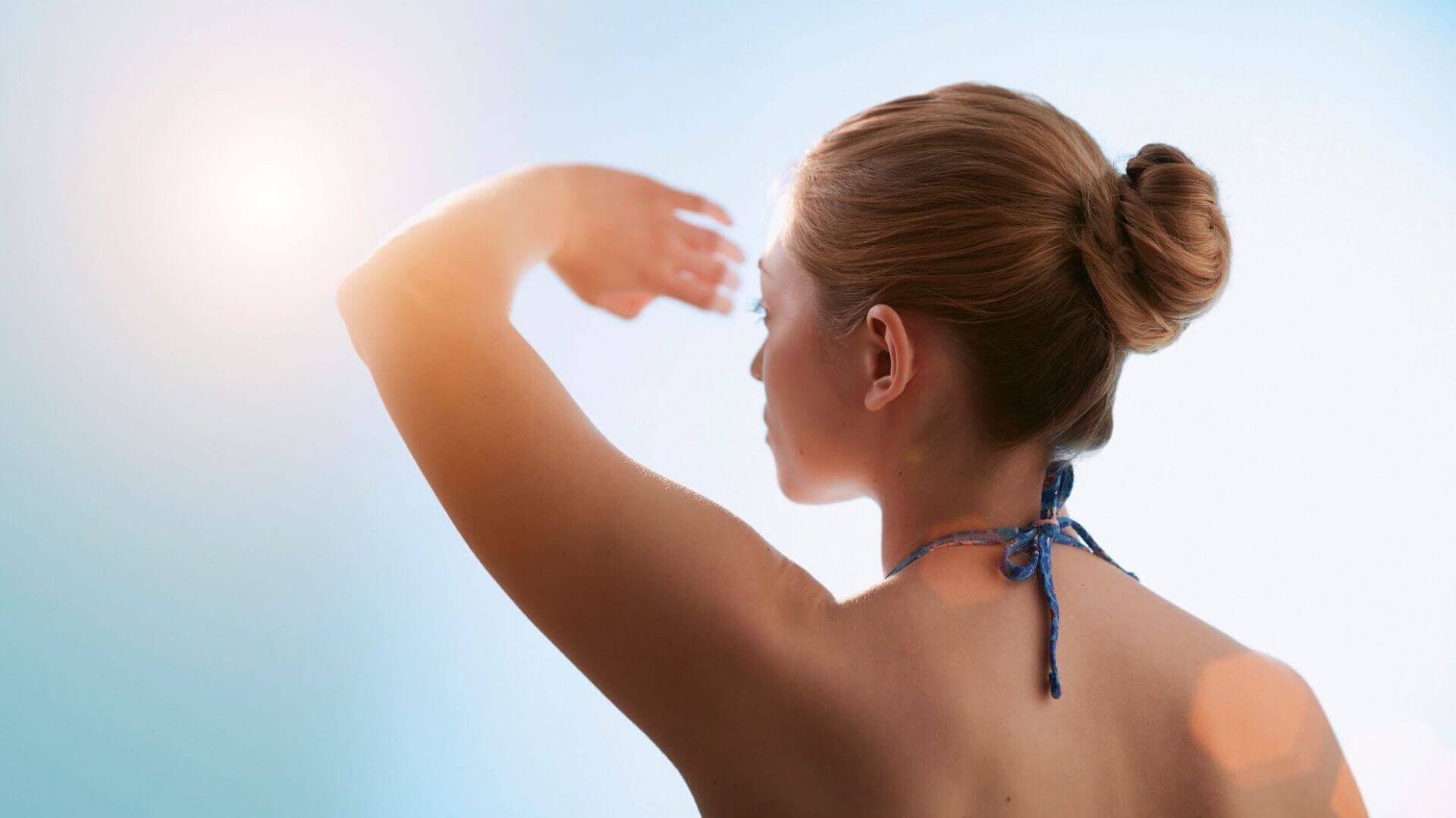

Photoaging, or sun damage, is when the skin ages prematurely due to exposure to ultraviolet radiation.
Whilst the sun’s rays can cause short-term issues, such as sunburn, they can also cause long-term damage.
When radiation hits the skin, it permanently alters the DNA in skin cells and can increase the likelihood of a client developing skin cancer.
The damage occurs in the skin’s deepest layers, called the dermis. The visible signs of this damage can therefore take years to become visible. They usually start appearing during a client’s teenage years and early 20s.
As the change occurs to the DNA, there is no treatment to reverse it, but you can reduce the visible signs of photoaging.
Signs of sun damage
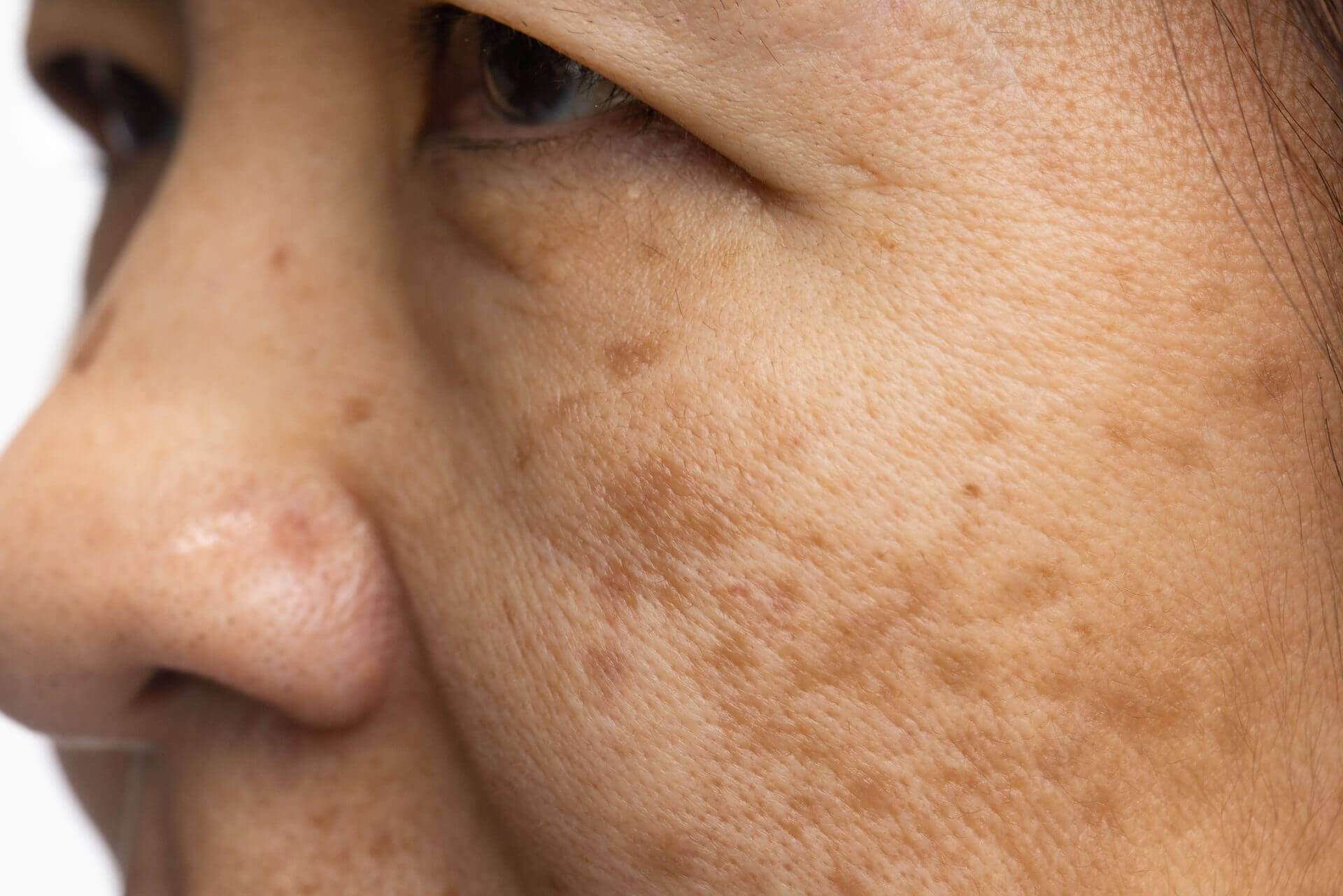

Wrinkles
The lines and wrinkles from sun exposure can appear around the client’s mouth and eyes. They can also become more profound and more frequent.
A client can use various methods of eradicating facial wrinkles, including dermal fillers and laser skin resurfacing.
Pigmentation spots on the face
This alteration in pigmentation can present in various ways, such as through age spots, freckles and coloured patches or spots (called melasma).
Loss of skin tone
The skin can lose elasticity in areas exposed to the sun or UV radiation.
Uneven skin texture
Both the texture and the colour of the skin can become uneven.
Spider veins
Spider veins from sun exposure happen when the capillaries break on the cheeks, chest, neck and nose and are also known as telangiectasia.
Redness on the face
The skin on the face can become blotchy and ruddy.
Who Is Likely To Suffer With Sun Damage?
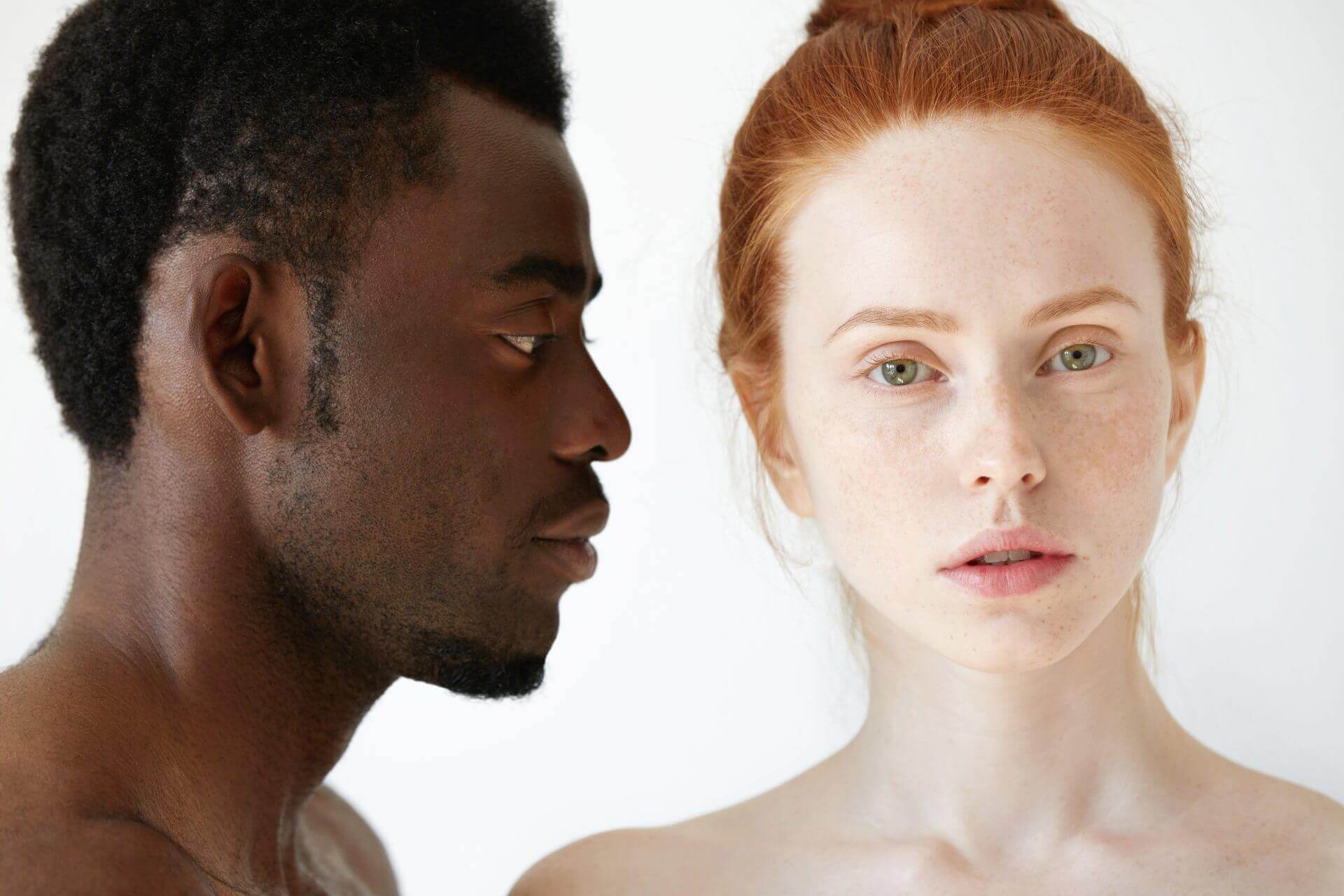

Everyone can suffer sun damage, but some people are more susceptible. Some people are also more likely to suffer from damage than others. The following are the different skin types:
Type I
Individuals in this group don’t tan and always burn. They have red or blond hair, light-coloured eyes and pale skin.
Type II
People with type II skin can burn easier but may tan afterwards. They also have light-coloured eyes and fair skin.
Type III
Within this category, people have medium-light skin. The skin initially burns but then will tan afterwards.
Type IV
People with type IV skin tan. They suffer minimal burning and have light brown skin.
Type V
Type V skin is medium brown. People with this skin type tan and rarely burn.
Type VI
Individuals in this category have skin that doesn’t burn. It is dark brown or black, and they tan easily.
The Fitzpatrick Scale determines these skin types. Dermatologists use it to establish the colour of a person’s skin, called the skin’s phototype, and their risk of photodamage.
Typically, people with paler skin are more likely to become sun damaged and develop skin cancer. However, people with darker skin can still suffer from these issues. Their skin is more likely to develop dark, uneven patches (melasma).
What Causes Sun Damage?
Changes in DNA within the skin cause photoaging, and these changes come from ultraviolet (UV) radiation.
Three types of UV light can cause sun damage, and they are the following:
UVA light
These rays affect all layers of the skin, including the epidermis and dermis layers. There are connections between UVA light and long-term skin damage. It also impacts the elastin and collagen in the dermis layer, which is responsible for the elasticity and tightness of the skin, as well as capillaries and epidermal cells.
UVB light
This light is what mainly contributes to most skin cancers and sunburn. The radiation impacts the epidermis layer of the skin and damages the DNA. It also causes the formation of precancerous cells (actinic keratosis).
UVC light
This type of radiation does not pose much of a health risk as the atmosphere and the ozone layer absorb it.
Photoaging doesn’t just occur through sun exposure. Clients can also damage their skin through tanning beds and other artificial UV light sources.
How To Erase Sun Damage
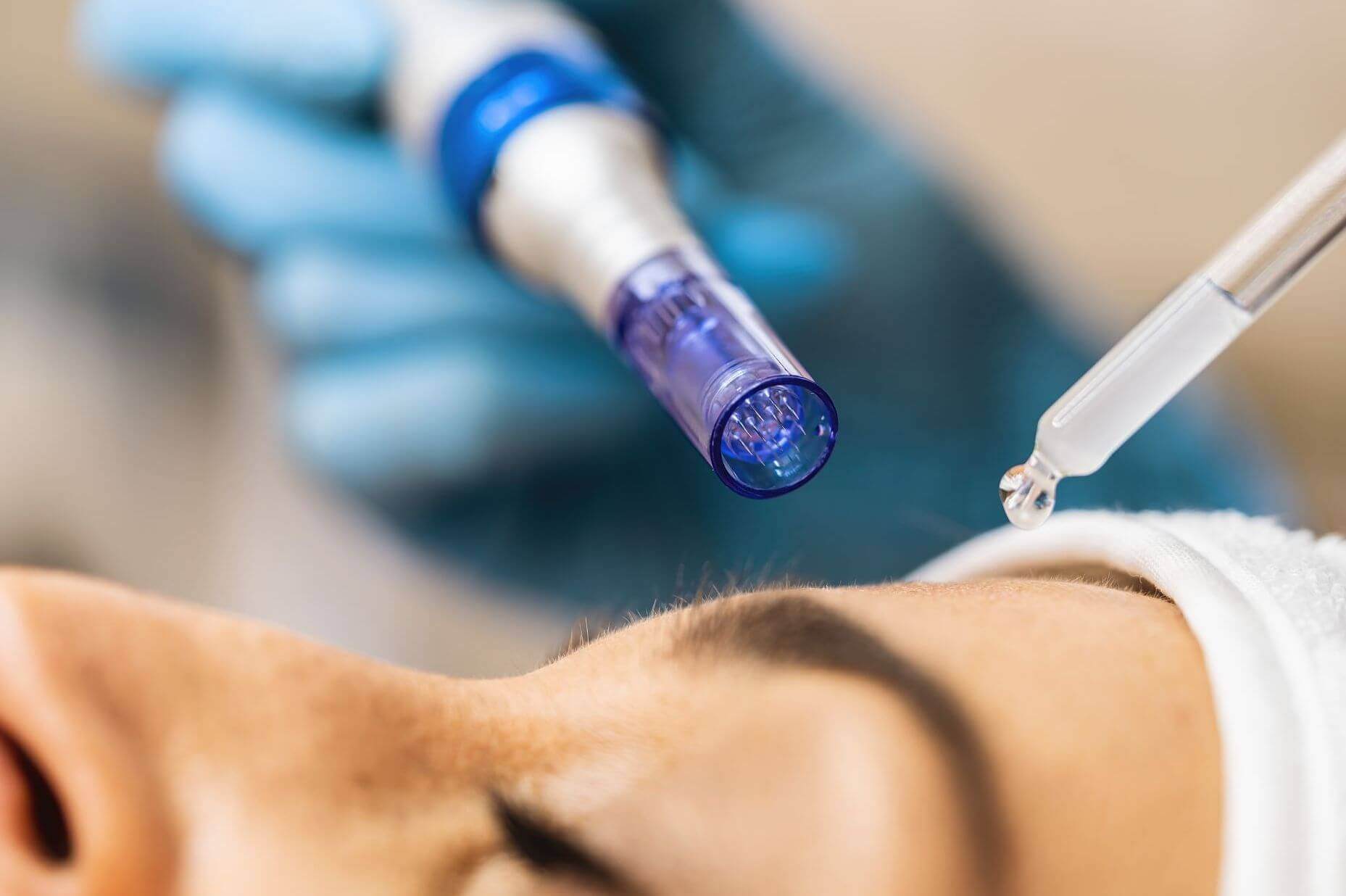

1. Lasers
This sun-damaged skin treatment uses lasers to make the skin smoother and more even. They can remove the top layer of the skin, which is damaged, and promote collagen production. Laser treatment can help with uneven skin pigmentation and wrinkles, to name a few.
The type of laser used will depend on the client’s goals, such as using pulsed dye lasers for broken blood vessels.
2. Chemical Peels
This treatment involves a chemical substance, such as glycolic or trichloracetic acid. Medical or aesthetic professionals with the required training apply this substance to the client’s skin, removing the top layer.
Clients can use chemical peels for actinic keratosis, fine lines and brown spots. They can also make the skin appear more even, improving the texture and tone.
3. Cryotherapy
Cryotherapy can help remove sun pigmentation, such as sun spots. It is a treatment requiring cold temperatures and is used to freeze and remove skin lesions. This process typically uses liquid nitrogen.
The affected skin is frozen and, within minutes, thaws to its normal temperature. A client may only require this once, or the skin may need to freeze multiple times.
After a few days, a scab can form over the affected area and then fall off. The time taken for the scab to fall off will depend on various factors, including its location.
In the case of sun damage, clients can receive cryotherapy for both actinic keratosis and non-cancerous age spots. Cryotherapy can also treat other issues, such as viral warts.
4. Dermal Fillers
With a range of options available, dermal fillers can help with elasticity issues in the skin. They can help with volume restoration and reduce the visibility of wrinkles and fine lines, making the skin appear younger.
Our dermal filler guide offers more information about this treatment type and how it can help your client with various concerns they may have.
5. Botox
Botox has numerous uses, such as excessive sweating and migraine treatments. It can also help with photoaging.
This treatment paralyses and weakens the muscles in the injected area, which lessens the appearance of wrinkles and fine lines. A trained professional can repeat the procedure with the client to maintain the results.
If your client wants this treatment style, Revolve Medicare have botox vials available to help with their medical and aesthetic needs.
6. Microneedling
For those with sun-damaged facial skin, microneedling can reduce the visibility of wrinkles and age spots.
A dermatologist uses aesthetic needles to puncture the skin, stimulating collagen and elastin production as the wounds heal. Several treatment sessions may be required.
There are various benefits of microneedling that your clients can take advantage of, such as reducing scars and shrinking pores.
There are various ways to treat your clients for sun damage, so you can help them find the ideal procedure for their circumstances.
Revolve Medicare have numerous aesthetics training opportunities for you to engage with, whether you are new to aesthetics practices or want to specialise in a specific treatment, such as mesotherapy or chemical peel.
Find out how we can support you and your aesthetics skills today!
Related Posts
-
By: Adam Diwan
-
January 8, 2024
Top 5 Aesthetic Trends for 2024
-
By: Adam Diwan
-
January 2, 2024
The Different Types of Aesthetic Injection Processes Explained
-
By: Adam Diwan
-
December 27, 2023
8 Reasons to Offer Vitamin Injections to Your Aesthetic Clients
-
By: Adam Diwan
-
December 19, 2023
How to Set Weight Loss Goals for 2024
-
By: Adam Diwan
-
December 14, 2023
Non-Surgical Solutions For Losing A ‘Mum-Tum’
-
By: Adam Diwan
-
December 5, 2023


